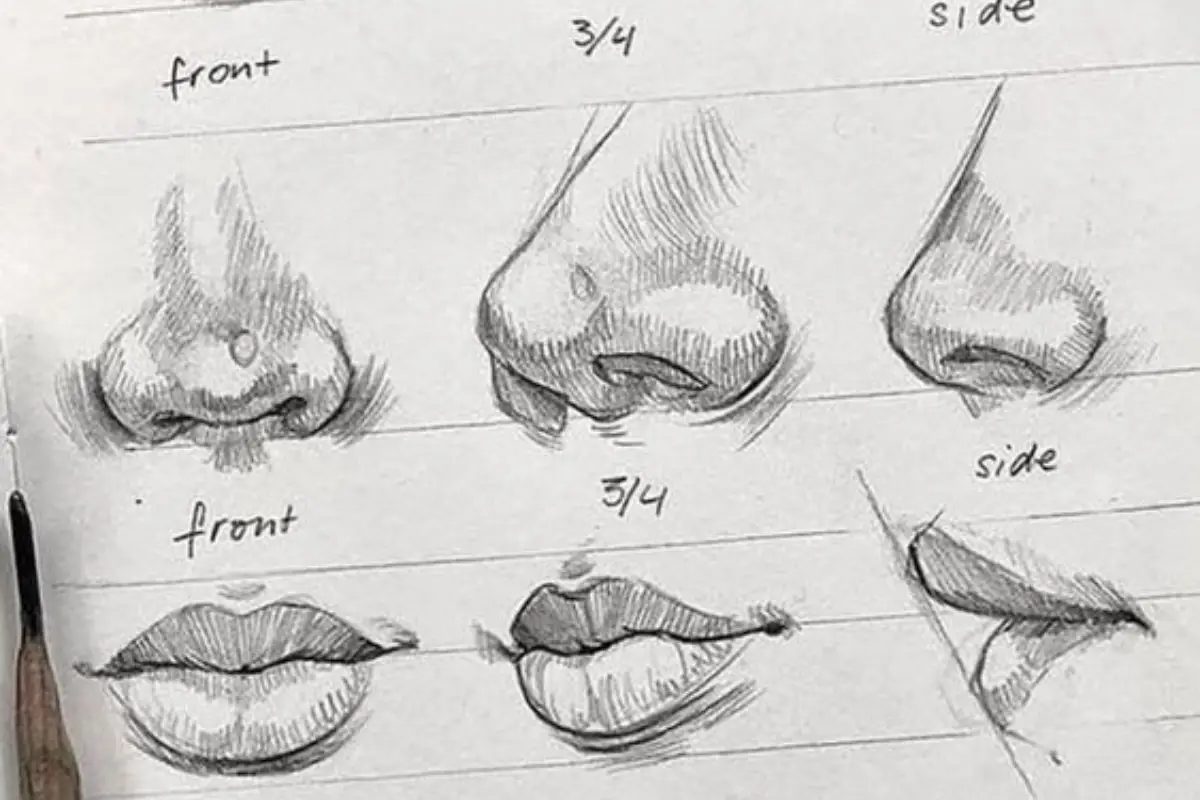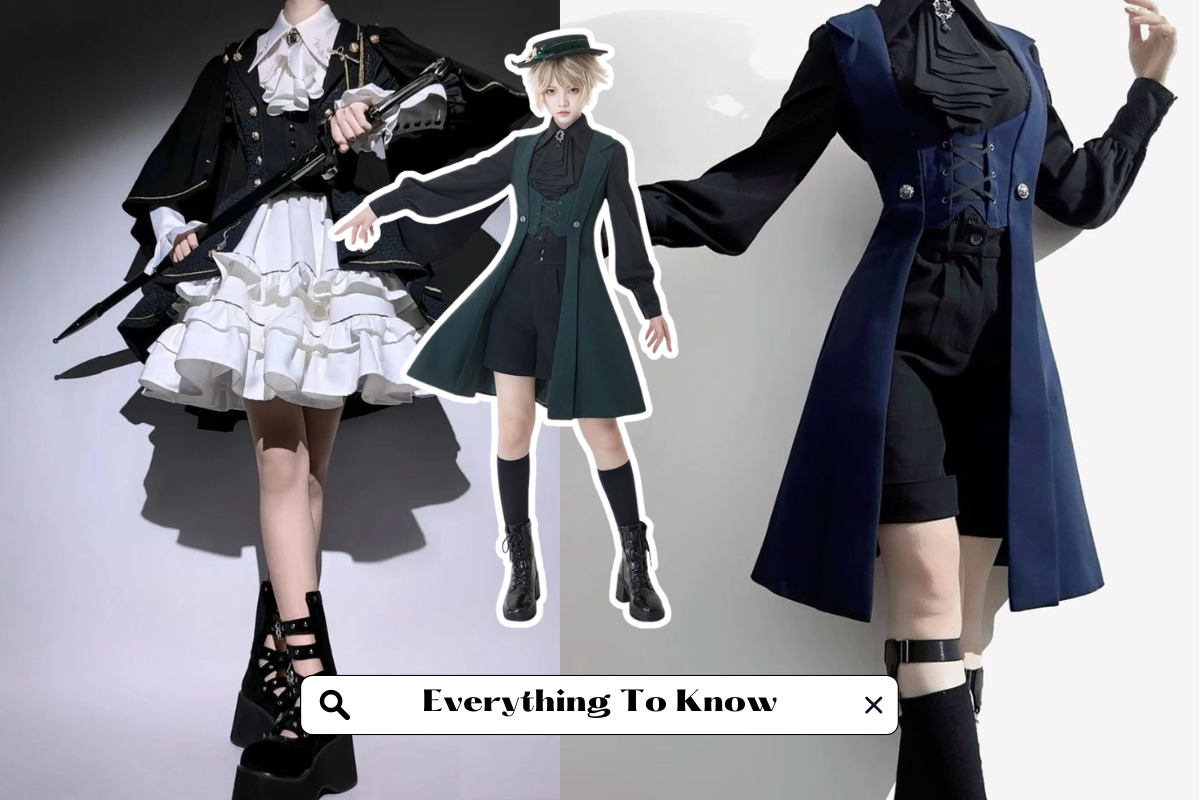Master the Art of Drawing: 5 Easy Tips for Beginners
- Living
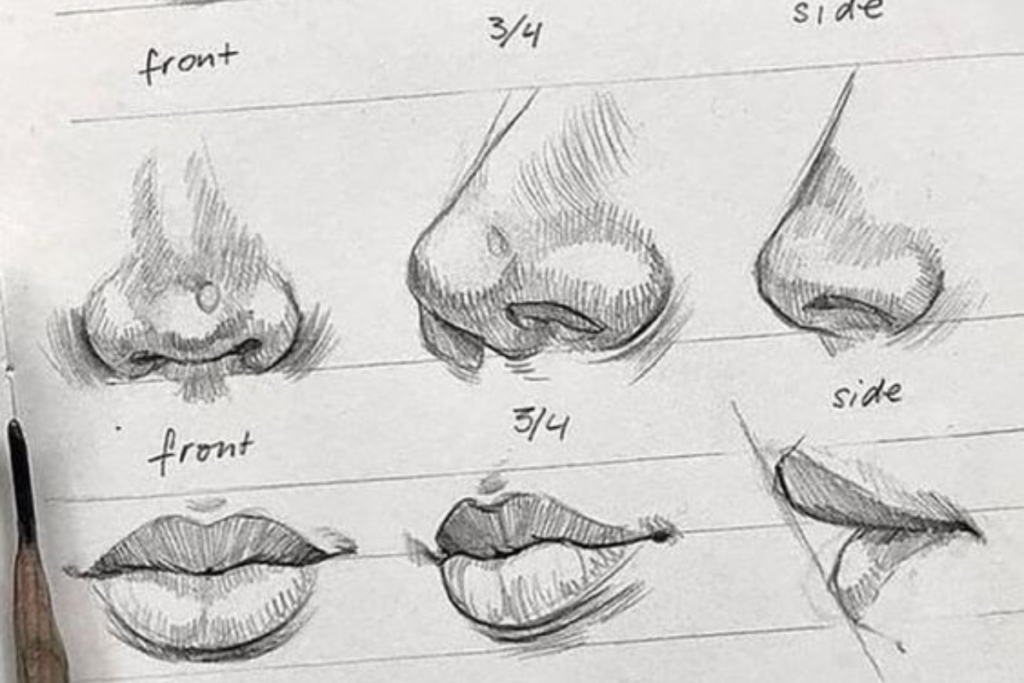
- Written byYour Local It Girl
- |01/08/2024
Are you a beginner artist looking to enhance your drawing skills? Look no further, as we’ve got you covered! In this article, we’ll share five easy tips that will help you master the art of drawing.
Drawing may seem daunting at first, but don’t worry – with the right guidance and techniques, anyone can become a skilled artist. Whether you want to draw realistic portraits, captivating landscapes, or imaginative cartoons, these tips will set you on the right path.
From understanding the basics of sketching to exploring different shading techniques, we’ll take you through each step of the drawing process. You’ll learn how to create depth and dimension in your artwork, portray light and shadow, and bring your subjects to life on paper.
No matter your age or prior experience, these tips are perfect for beginners looking to develop their drawing skills. So grab your pencils, and paper, and let’s dive in! Get ready to unleash your creativity and express yourself through the wonderful world of drawing.
Benefits of learning to draw
Drawing may seem daunting at first but don’t worry – with the right guidance and techniques, anyone can become a skilled artist. Whether you want to draw realistic portraits, captivating landscapes, or imaginative cartoons, these tips will set you on the right path.
Learning to draw offers numerous benefits beyond just creating beautiful artwork. It helps improve hand-eye coordination, enhances observation skills, and boosts creativity. Drawing also provides a therapeutic outlet, allowing you to express yourself and relieve stress. By mastering the art of drawing, you can communicate visually and bring your imagination to life.
Basic drawing techniques
Before diving into the tips, let’s cover some basic drawing techniques that form the foundation of any artwork. Understanding these techniques will greatly improve your drawing skills and make the learning process smoother.
1. Sketching: Sketching is the initial step in any drawing. It involves creating a rough outline of your subject using light, loose strokes. Start with simple shapes and gradually refine the details. Sketching helps you establish proportions and composition before adding finer details.
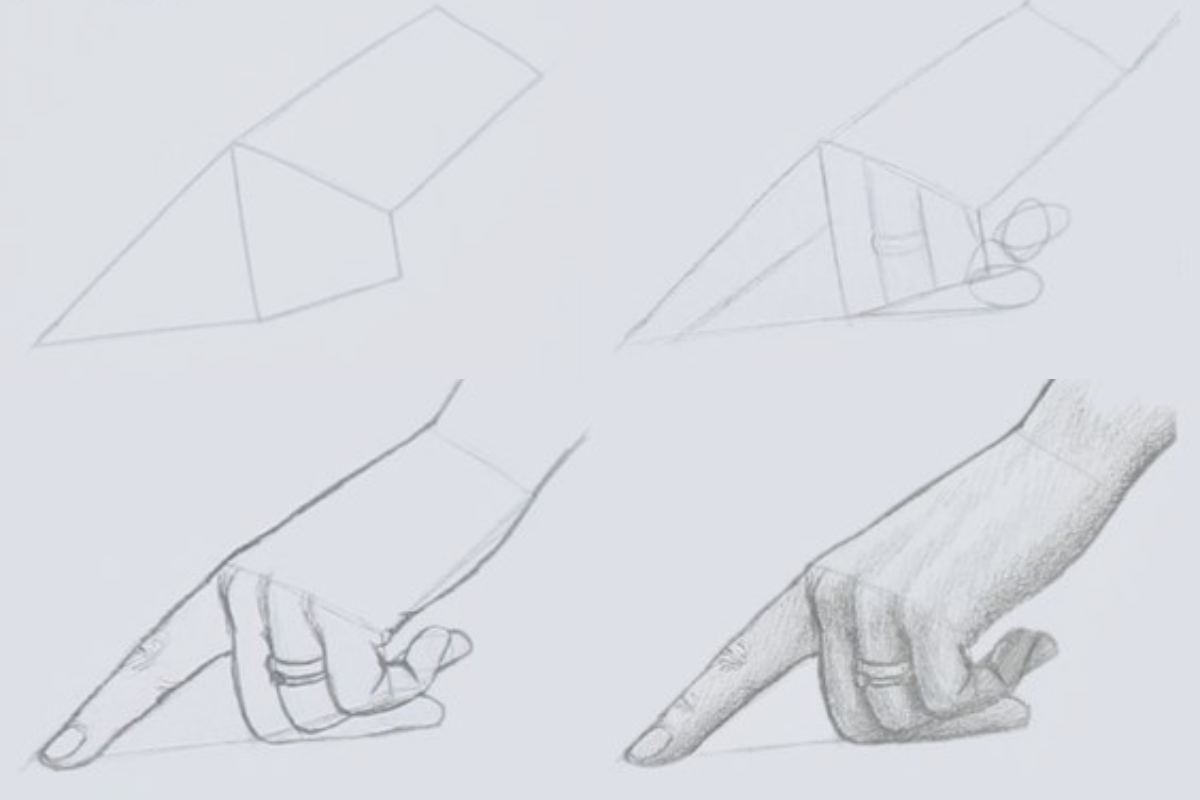
2. Line Weight: Varying the thickness of your lines adds depth and dimension to your drawings. Use thicker lines for areas that are closer to the viewer and thinner lines for distant or less prominent elements. Experimenting with line weight can create a sense of realism and visual interest in your artwork.
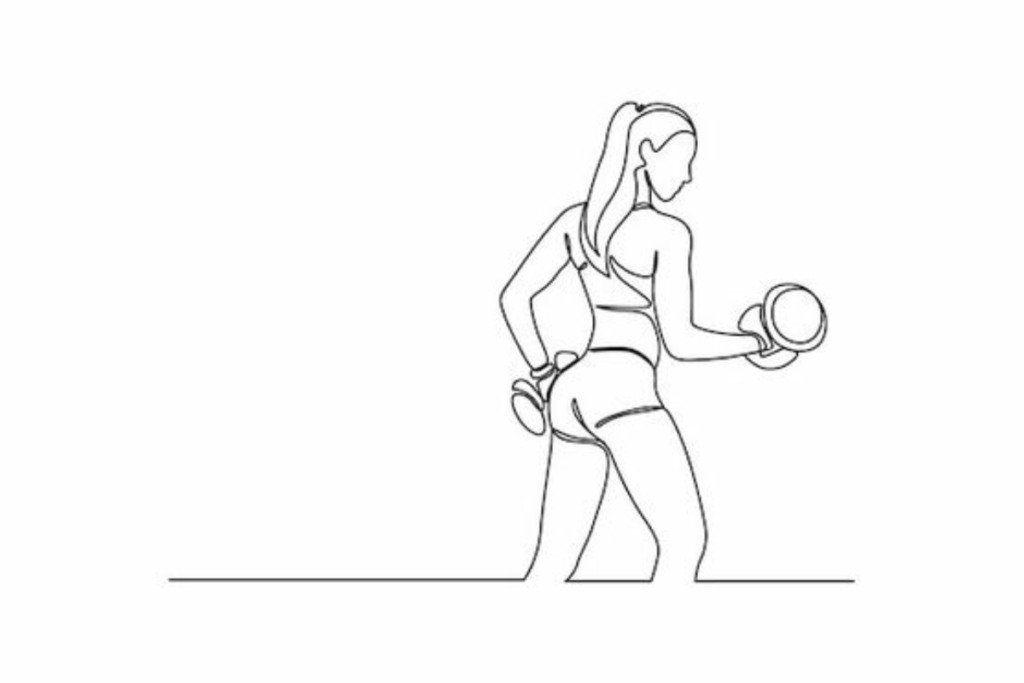
3. Shading: Shading is the technique of adding value and creating the illusion of light and shadow in your drawings. Use different shading techniques such as cross-hatching, stippling, or blending to give your artwork depth and form. Practice observing how light falls on objects and replicate it on paper.
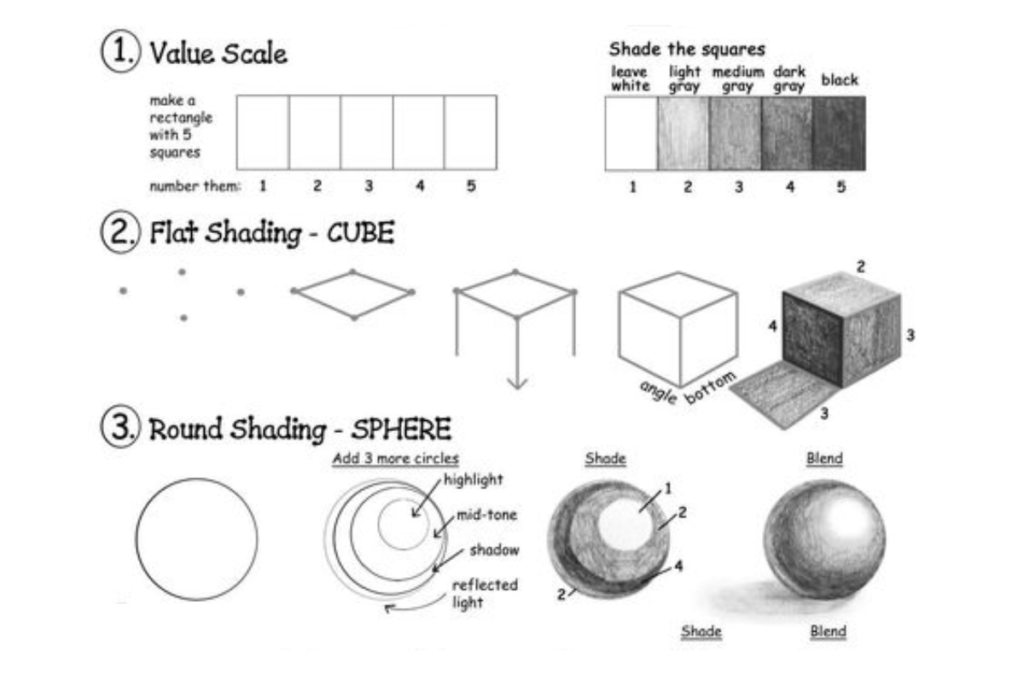
Tips for beginners to improve their drawing skills
Now that you have a grasp of the basics, let’s move on to the five easy tips that will help you improve your drawing skills as a beginner.
When faced with a complex subject, break it down into smaller, more manageable parts. Focus on one element at a time, whether it’s a facial feature or a specific object in a landscape. By tackling smaller components, you can gradually build up your drawing and ensure accuracy in your representation.
Like any skill, drawing requires regular practice. Set aside dedicated time each day or week to practice drawing. Start with simple exercises, such as drawing basic shapes or still-life objects, and gradually progress to more complex subjects. Consistency is key to developing your skills.
Take time to observe the world around you. Pay attention to details, shapes, and colors. Train your eye to see the underlying structure of objects and how light interacts with them. Analyze artworks by other artists to understand their techniques and approaches. This practice will enhance your observational skills and inspire your creations.
Don’t limit yourself to just pencil and paper. Explore different drawing mediums such as charcoal, ink, or colored pencils. Each medium has its unique qualities and can add variety to your artwork. Experimenting with different mediums will also help you understand their strengths and limitations.
Don’t be afraid to share your artwork with others and seek constructive feedback. Join online communities or local art groups where you can receive guidance and support from fellow artists. Embrace criticism as an opportunity to grow and learn from your mistakes. Remember, even the most accomplished artists started as beginners.
Finding inspiration for your drawings
As you progress on your drawing journey, finding inspiration becomes crucial to keep your creativity flowing. Here are a few tips to find inspiration for your drawings:
- Nature: Step outside and explore the beauty of nature. Whether it’s a serene landscape or the intricate details of a flower, nature provides endless inspiration for artists. Observe the colors, textures, and patterns in the environment and capture them in your artwork.
- People: People are fascinating subjects to draw. Practice capturing facial expressions, body language, and emotions. Draw from life or use reference photos to study different poses and gestures. Portraying the human form will not only improve your technical skills but also add a personal touch to your artwork.
- Imagination: Let your imagination run wild. Create fictional characters, dreamy landscapes, or fantastical creatures. Drawing from your imagination allows you to explore your creativity and develop a unique artistic style. Don’t worry about perfection; let your ideas flow freely onto the paper.
Recommended drawing materials
To create stunning drawings, it’s important to have the right tools at your disposal. Here are some recommended drawing materials for beginners:
- Graphite Pencils: Start with a set of graphite pencils ranging from 2H to 6B. These pencils offer a range of hardness and softness, allowing you to achieve various shades and tones.
- Sketchbook: Invest in a good-quality sketchbook that can handle different drawing mediums. Look for acid-free paper with a medium tooth that can hold graphite, charcoal, and ink.
- Erasers: Have a kneaded eraser and a vinyl eraser to correct mistakes and add highlights to your drawings. The kneaded eraser is versatile and can be shaped for precision erasing.
- Blending Tools: Use blending stumps, tortillions, or even tissue paper to blend and smudge graphite or charcoal for smooth transitions and effects.
6. Beware of Social Media
The internet is a treasure trove of resources for aspiring artists. Here are some online platforms where you can learn and improve your drawing skills:
- Overview: Line of Action is a website designed to help artists improve their drawing skills, particularly in the areas of gesture drawing, figure drawing, and anatomy.
- Features:
- Gesture Drawing: The site offers a range of timed gesture drawing exercises to help artists capture the essence and movement of a subject quickly.
- Figure Drawing: Users can practice drawing from a variety of reference images featuring human figures in different poses and angles.
- Anatomy Resources: Line of Action provides anatomical references to aid artists in understanding the underlying structure of the human body.
- User Experience: The website is user-friendly, and its emphasis on gesture drawing makes it a valuable resource for artists looking to improve their understanding of dynamic poses.
- Overview: Drawspace is an online platform that offers drawing lessons and tutorials for artists of all skill levels.
- Features:
- Structured Learning: Drawspace provides a structured learning path with lessons categorized based on skill levels, making it suitable for beginners and advanced artists.
- Diverse Subjects: The platform covers a wide range of drawing subjects, including still life, portraiture, landscapes, and more.
- Interactive Community: Users have the opportunity to connect with a community of artists, share their work, and receive feedback.
- Subscription Model: While some content is free, Drawspace operates on a subscription model, offering premium content to paid members for a more in-depth learning experience.
- Overview: Design Tuts+ is a comprehensive online learning platform that covers various creative disciplines, including design, illustration, and digital art.
- Features:
- Diverse Tutorials: Design Tuts+ features tutorials on a wide array of design-related topics, catering to both beginners and experienced designers.
- Written and Video Content: Tutorials are presented in various formats, including written articles and video lessons, offering flexibility for different learning preferences.
- Community and Discussion: Users can engage with the community through forums, comments, and discussions, fostering a collaborative learning environment.
- Premium Content: Like Drawspace, Tuts+ offers premium content for subscribers who want access to more advanced tutorials and resources.
Joining drawing communities and workshops
Connecting with fellow artists and learning from experienced professionals can greatly enhance your drawing journey. Consider joining drawing communities and attending workshops to expand your skills and network. Here are a few ways to get involved:
- Local Art Groups: Search for local art groups or organizations in your area. Attend their meetups, workshops, or exhibitions to meet like-minded artists and learn from their experiences.
- Online Forums: Participate in online art forums or communities where artists share their work, offer critiques, and provide support. Engage in discussions and ask questions to gain insights from experienced artists.
- Workshops and Classes: Look for drawing workshops or classes conducted by professional artists. These hands-on experiences provide valuable guidance, feedback, and opportunities to learn new techniques. Taking your drawing skills to the next level Once you feel comfortable with the basics, it’s time to challenge yourself and take your drawing skills to the next level. Here are a few ways to push your boundaries:
- Explore Different Styles: Experiment with different drawing styles, such as realism, impressionism, or abstract. Each style offers its own unique techniques and approaches. Find the style that resonates with you and continue to refine your skills within that style.
- Study Anatomy and Composition: Understanding the human anatomy and principles of composition will greatly improve your figure drawing and overall artwork. Study anatomy books or take online courses specifically focused on figure drawing.
- Attend Life Drawing Sessions: Life drawing sessions involve drawing live models in various poses. These sessions allow you to practice capturing the human form from different angles and develop your observation skills. Look for local art schools or organizations that offer life drawing classes.
Conclusion
Drawing is a journey of self-expression and creativity. With dedication, practice, and the right guidance, anyone can become a skilled artist. Remember to be patient with yourself and enjoy the process. Embrace the mistakes, learn from them, and most importantly, have fun with your drawings. So, grab your pencils, and paper, and start mastering the art of drawing today. Unleash your creativity and let your imagination soar!
Related Posts
FOLLOW @YOURLOCALITGIRL
ELSEWHERE
0.2k
11k
Subscribers
0.2k
FOLLOW @YOURLOCALITGIRL
ELSEWHERE
0.2k
11k
Subscribers
